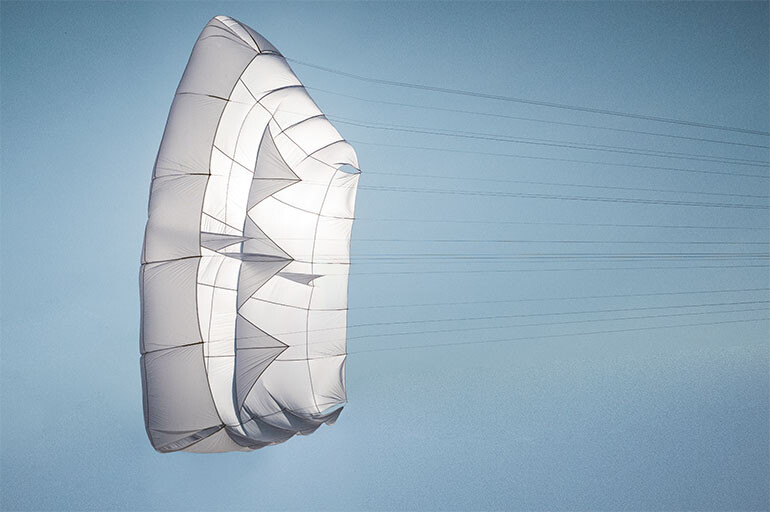I just watched an episode of Columbo, made in 1974. It is mentioned that a main parachute at that time was 60 m², and descended with the pilot at 6 m/s.
Here we speak about rescue parachutes. That said the drag issue could be common for both.
Apart from that, this would pose a theoretical problem for the yo-yo mode here in horizontal use. We know the limit of 4/27 (almost 15%, compared to 16/27 Betz limit) but with such drag coefficients (starting with 2.2) this limit would increase to a little more than 8/27 (about 30%). How is it possible (if at all), knowing that the parachute area covers the wind area (roughly not less, not more), without any crosswind motion?
And the drag coefficients are still 30% more on
OUR LIGHTEST AND MOST COMPACT RESCUE EVER
The Yeti UL is a planar rescue, a new type of rescue that offers maximum safety performance in the smallest ever package. It’s our lightest and most compact rescue, ideal for hike ’n fly.
A planar rescue is a new concept of rescue developed in-house by Gin Gliders, made possible by our new anti-billow rib technology. Lines are attached to triangular ribs deployed in a cross shape. This greatly reduces the billow of the canopy and produces an almost flat upper surface. As a consequence, the projected area is increased by 30%. This means excellent sink rates are obtainable with a lower flat area and packing volume. Overall, the efficiency of this new system is the best we’ve ever experienced.
TECHNICAL SPECIFICATIONS
SIZE S (19) M (23) L (27) Surface area (m2) 19 23 27 Weight (kg) 0.87 0.99 1.17 Packed volume (cm3) 2025 2475 3006 Sink rate (m/s) 5.3 5.2 5.1 Maximum load (kg) 85 100 120 Certification EN 12491:2015 EN 12491:2015 EN 12491:2015
Drag coefficients become XXL: 2.65 for S (19), 2.68 for M (23), 2.85 for L (27) if I am right.
